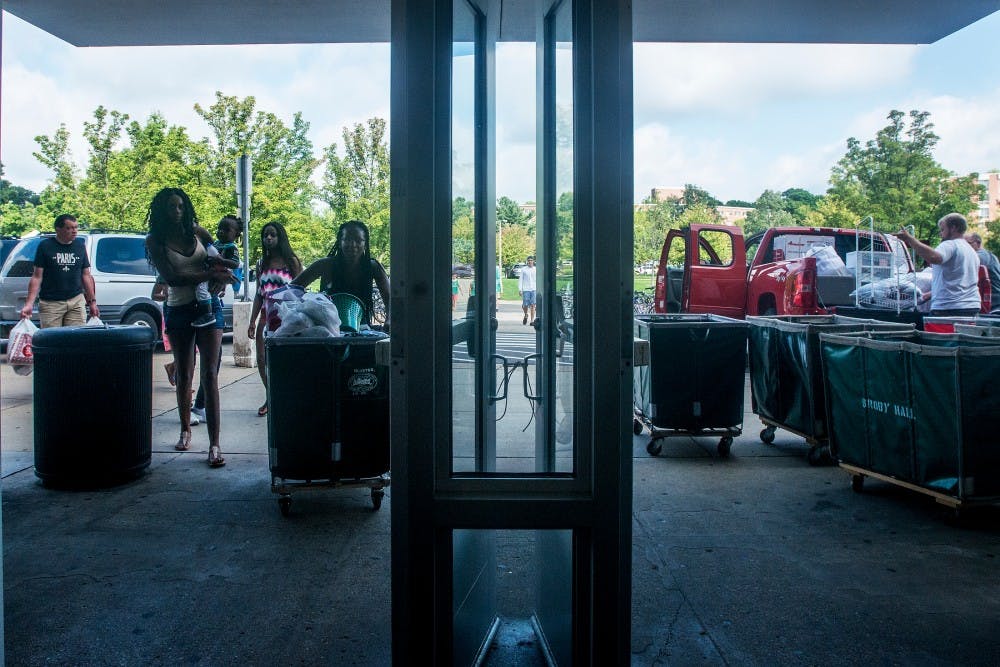The cost of living on campus can be a huge factor when students decide whether to live on or off campus. The steady increase in the price of living on campus, however, could deter students from continuing to live on campus.
Since 2002, the cost of on-campus housing has increased each year between 2.75 and six percent, according to Board of Trustees decisions to hike the prices through the past 14 years. Although the rate at which housing cost increases are getting lower, the overall price of on-campus housing is higher than ever.
Total residence hall housing and dining costs for the 2016-17 academic year is $9,474. In 2002, the total cost for housing was $4,932.
The increase in price is largely because of the rising cost in operations for the residence halls and dining facilities, Ashley Chaney, assistant director of communications for Residence Education and Housing Services, said. These prices can also fluctuate because of external factors, where one year might require a higher increase than another.
“The price rises due to a number of factors,” Vice President for Auxiliary Enterprises Vennie Gore said in an email. “Included in these is the cost of the labor to keep our halls clean and in good repair, the cost of food in any given year (a drought or a bird flu or high gas prices affect the amount we have to pay for food) and the debt service costs we have taken on in order to renovate and update our halls.”
However, compared to other schools, MSU’s rate is among the lowest in the Big Ten and the fourth-most expensive among Michigan universities, according to a report from the Board of Trustees.
The benefits of living in the heart of MSU might make staying on campus worthwhile to students.
On-campus housing includes amenities that might cost extra elsewhere, such as cable and internet access, free laundry service, on-call maintenance, unlimited swipe-access food service, trash removal and recycling, heat, electricity, water and Combo-X-Change.
“(When you look at) on-campus housing, you look at the value,” Chaney said. “You can navigate campus fairly easily without a vehicle. You’re right there and you have all of the campus resources such as the engagement centers, being able to meet with professors and having study time, and you’re not having to come to campus to park and commute back, so time and value is a factor, and that’s one of the things we also look at when comparing the cost or the price.”
Both world politics junior Bonnie Nordstrom and statistics freshman Jackson Hohauser said the dining plans available are a draw for students to stay on campus, but the price of living on campus is too high.
“Most colleges don’t have this kind of unrestricted swipe access throughout the day, so that’s bound to make it a lot more expensive,” Nordstrom said.
When deciding whether to live on or off campus, students must ultimately look at the cost relative to what they’ll get out of it. Students will have to decide how much they’re willing to spend for certain amenities.
“Well, I think it’s pretty high compared to some of the real estate that’s off campus, but it also includes your meal plan and everything, so I think it balances out in the end,” Hohauser said. “I think it’s decently reasonable, but it’s a little too high, in my opinion.”
The room and board rates for the 2017-18 academic year will not be decided until this spring when the Board of Trustees meets to discuss the increase.





